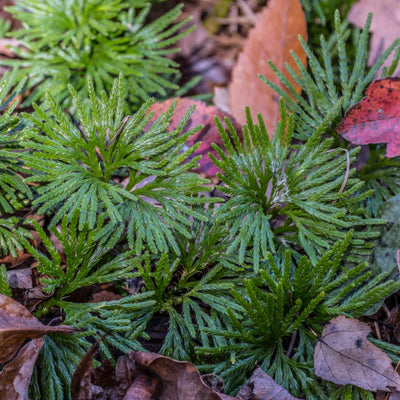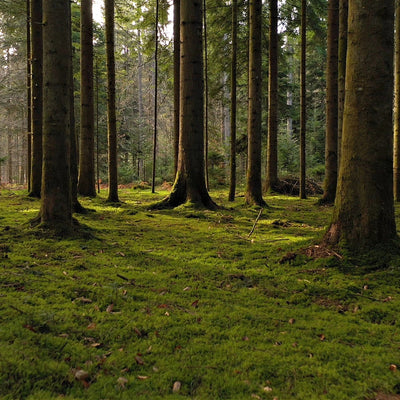The Uses Of Shade Moss
The use of shade moss by landscaping professionals and home gardening enthusiasts continues to grow. Moss enhances mostly shady areas by hugging moist soil and complex elements. They generally use rhizoids rather than traditional roots to secure nutrients. Shade moss often emerges in rosy and silvery hues before taking on its lush green color. More property owners find mosses particularly useful in turning vacant spaces into eye-catching greenery. Our nursery enjoys a complete inventory of shade mosses that can add value to your property.
How to Plant Shade Moss
Infusing mossy patches and creating complete gardens transforms unsightly areas. This solution often arises after homeowners are frustrated with growing grass under trees and around rocky terrain. Shade moss requires little effort or ongoing maintenance once planted.
Clear the area of any weeds or competing for vegetation and loosen the soil to enhance moss traction. Moisten the area and put the shade moss in place. During the first 30 days, apply a gentle mist to ensure the newly planted moss does not dry. Once the moss system gains a foothold, keep it clear of debris or leaves accumulating in the fall. Moss will mostly care for itself, requiring only light water during extended dry spells.
Landscaping Strategies Using Shade Moss
The wide varieties and appearance of mosses often surprise property owners. An estimated 10,000 types of moss exist, and they trace their roots back upwards of 540 million years. For gardening purposes, a select few deliver flexible and creative use in residential landscapes. These are ways to employ shade moss.
Carpet Moss: As the name suggests, Carpet Moss can blanket large areas of land. This variety begins as a golden-green hue and matures into a rich dark green. Property owners typically utilize Carpet Moss to brighten otherwise dark areas, usually under trees with dense leaves.
Cushion Moss: As the name suggests, Cushion Moss grows into a fluffy clump that resembles a green sofa pillow. This variety generally thrives in partial shade areas. This fact contrasts with many other types that require full shade. Cushion Moss provides mint-green color and offers shade gardens a steady green element.
Fan Club Moss: This variety bears more resemblance to perennial plants than conventional mosses in many ways. It can stand 8 inches tall, and its horizontal stems are spread over the ground. It enjoys distinguishing scale-like leaves that allow it to rise above fallen foliage. It provides gardeners with a type of low-maintenance creeper in shaded areas.
Fern Moss: This variety typically thrives in very moist areas. This aspect leads many landscaping professionals to deploy Fern Moss in soggy soils and around brooks and streams. These spaces tend to drown non-water plants. This variety offers gardeners an alternative that looks much like a fern but can attach to rocks, fallen limbs, and other items.
Peat Moss: This variety delivers benefits that include softening soil and moisture retention. Many gardeners use Peat Moss for organic soil enrichment.
Rock Cap Moss: This variety transforms gray boulders into a green wonderland. Few gardening options can attach themselves directly to the stone, brick, and other hardscape elements. That makes Rock Cap Moss a rare find, allowing property owners to alter the completion of their grounds.
Many landscaping professionals and home gardeners consider shade moss a go-to solution when other plants won’t take root. But these plants deliver tremendous environmental benefits as well. These include protecting the soil from erosion, water purification, mosquito control, and processing C02 into fresh, breathable air.
We carry a complete inventory if you consider integrating shade moss to enhance underdeveloped spaces. These moss varieties help property owners improve the quality of their grounds cost-effectively with minimal maintenance. Contact our nursery today if you have questions or have already decided on shade moss.
Contact Our Nursery About Shade Mosses to Enhance Your Landscape



